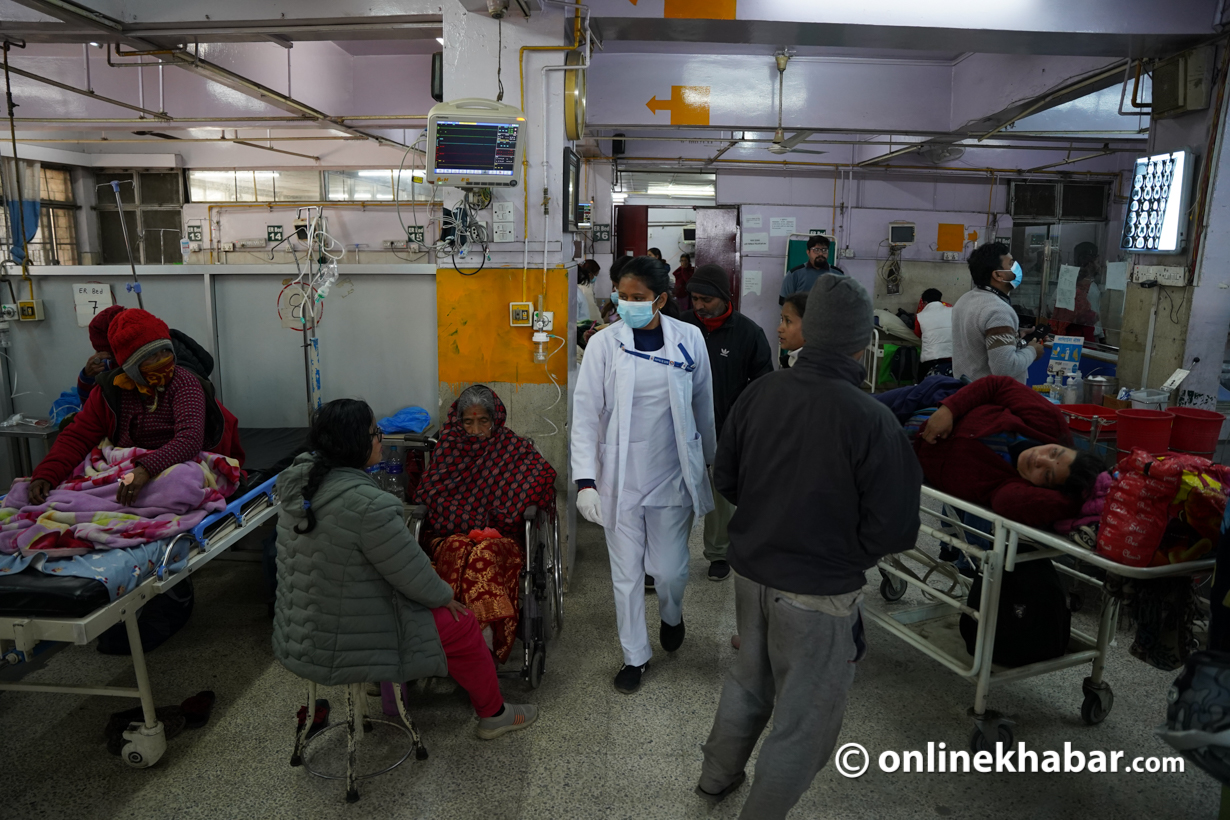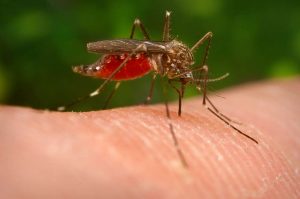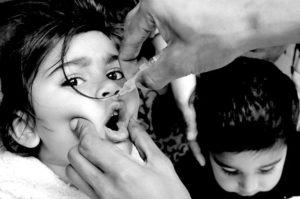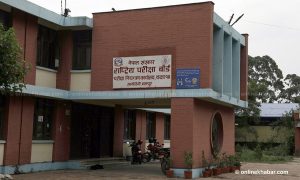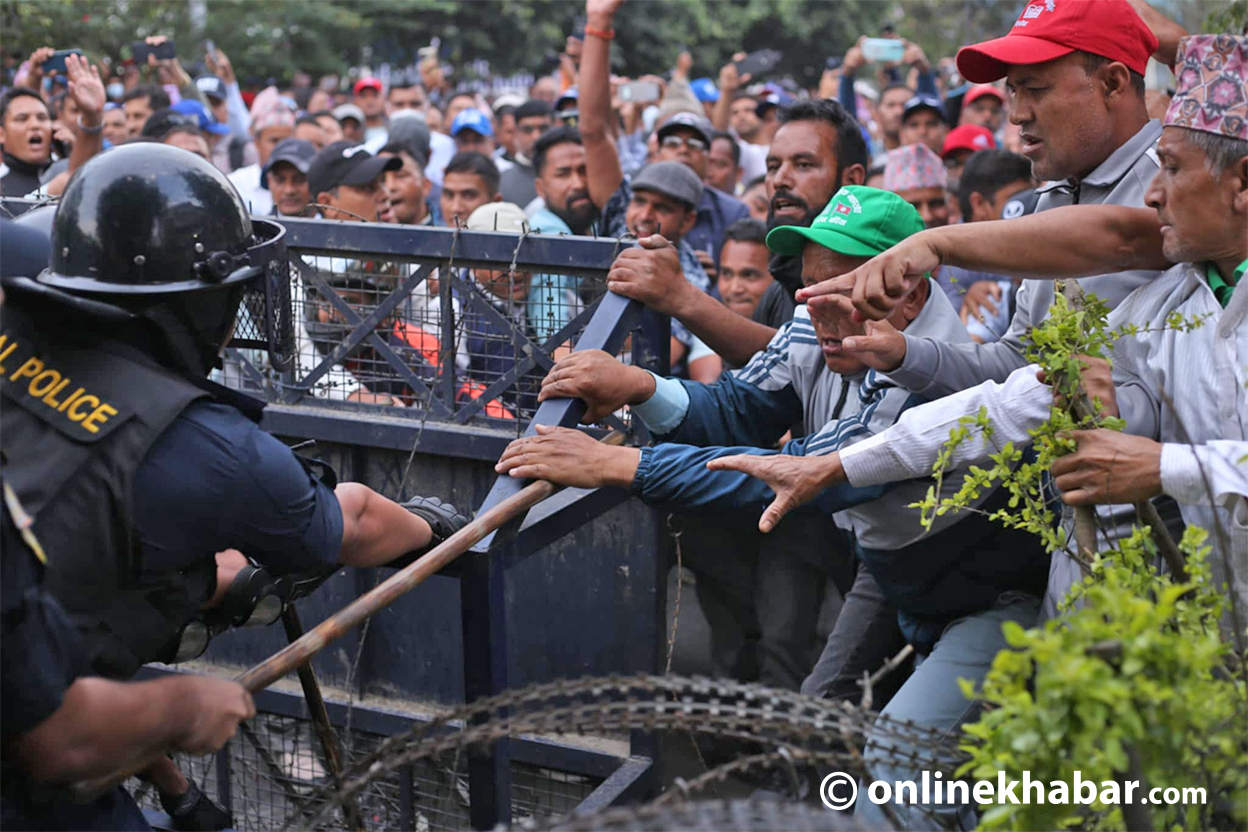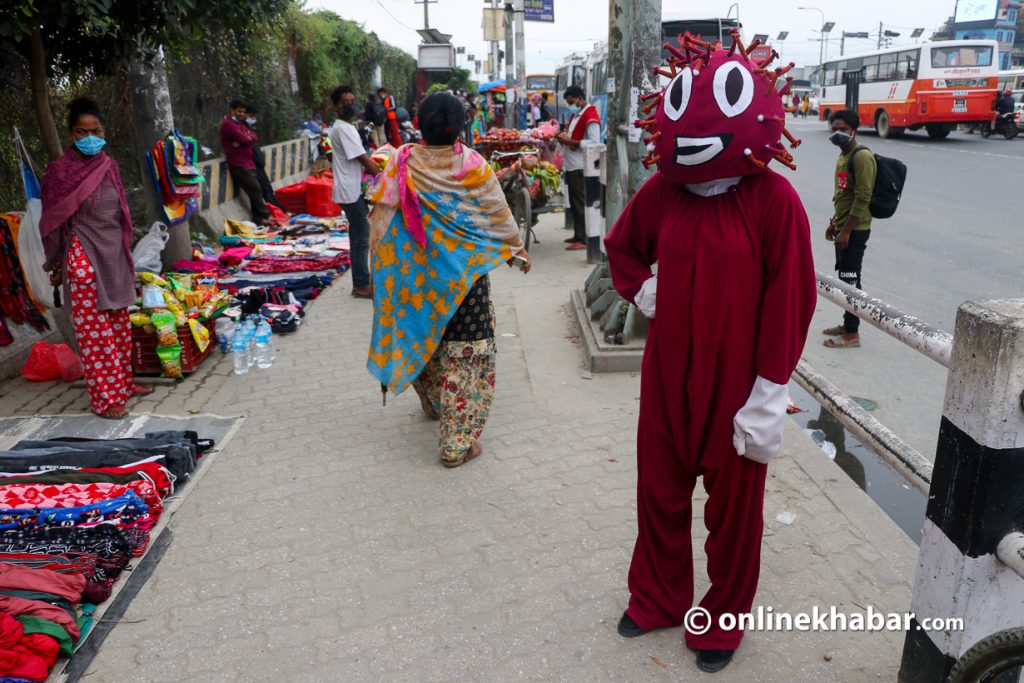
It is an open secret that the country is on the brink of a new Covid wave. Authorities have advised wearing masks and booster doses. Even if the Covid outbreak possibilities are ruled out, there are other risks too. At least 350 cases of A (H1N1) or swine flu and 329 cases of A(H3) or Hong Kong flu were recorded in Nepal in 2022. Such infections are likely to be far higher than documented cases as not all cases reach hospitals and are tested.
In recent history, Nepal had never anticipated a crisis like the outbreak of the deadly Covid pandemic that paralysed the entire world. The repercussions—direct or indirect—have been borne by every individual. But, harsh government measures such as lockdowns, quarantines and curfews have had a negative social and economic impact on poor, vulnerable and marginalised communities or members of the grassroots population.
A position paper published in 2022 stipulates that the grassroots population including communities discriminated against work and descent (CDWD) were hit by multifaceted repercussions since they either belong to the informal sector or Dalit communities or both. The paper, titled Covid Pandemic and Vaccination: CDWD Concerns from South Asia, argues that the pandemic has brought the CDWDs in South Asia high infection rates, high morbidity, economic hardship, and a newly established social stigma.
However, Nepal does not look prepared to save the grassroots population from such crises in the future.
Grassroots population during the pandemic

The paper presents that the grassroots population had to bear the brunt as they live on the outskirts of villages, and in slums and underdeveloped urban areas with negligible access to hospitals or medical services. Therefore, they had to resort to quackery and self-medication.
During the Covid pandemic, people who were ill from some other diseases had more chances of getting into critical conditions. In Nepal, the incidence of tuberculosis (per 100,000 people) was 235 in 2020. It makes clear that Covid affected the grassroots population and the poor–including the CDWDs–severely as they were weak and had other illnesses, which led to high tolls in their death.
Late vaccination and immunisation for different diseases, not being treated for an extended period, treatment by quacks, poor nutrition intake, hypertension, diabetes, mental stress etc will lead to more illness among CDWD people.
The unprepared system
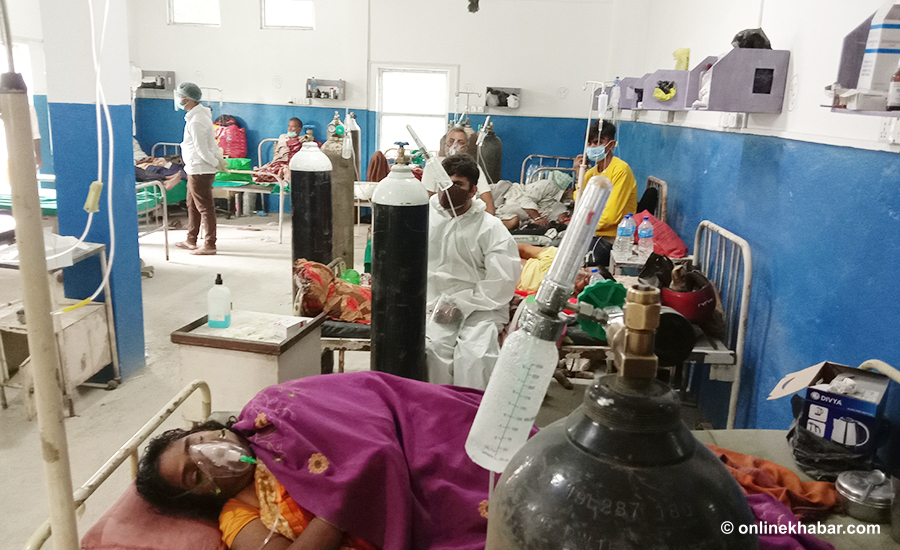
According to a World Bank report of 2019, there are only 0.81 doctors per 1,000 people in Nepal. The whole of South Asia has only 0.91 doctors per 1,000 people. Similarly, South Asian countries have very few nurses and midwives per 1,000 population. The unavailability of hospital beds is the most serious factor in patient care. Private hospitals with all facilities were affordable for the wealthy and middle class/caste. During the Covid pandemic, members of the grassroots population had nowhere to go and suffer the most, with many dying helplessly at public hospitals while waiting for their turn or at home.
South Asian governments have long ignored healthcare expenditure. The paper estimates that Nepal spends 4.44 per cent of its GDP on healthcare while the total healthcare expenditure of all South Asian countries combined is very low at 3.03 per cent of the total GDP. The expenditure in high-income and middle-income countries ranges from 12 to 8 per cent. Similarly, the per capita health expenditure of Nepal is USD 53.25, which is way lower than the global average of USD 1,115. This alludes to how, in times of pandemic, the healthcare system simply betrayed the poor and the CDWD and let them die.
The paper posits that late immunisations and vaccinations against various diseases, inadequate dietary intake, quack treatment, hypertension, diabetes, and mental stress, among others, deteriorate the already fragile health of members of the grassroots population such as the CDWDs and contribute to increasing illness in patients, which led to high tolls on their death.
The paper suggests that out-of-pocket expenditure for healthcare in South Asia countries is the highest at 56.03 per cent while it is below 35 per cent in other regions and economic groups, and 13 per cent in higher economies. Many people in the region fall below the poverty line due to out-of-pocket health expenditures, which often force them into debt traps. Hence, the poor including the CDWDs have not been availed of treatment on time and remained unattended for many illnesses given the fact that comorbidity was one of the reasons for high fatality in Covid patients.
The need for preparation

To curb the gaps and reduce the grassroots population’s inaccessibility to healthcare, it is recommended in the paper that they be given access to healthcare support and insurance, such as having a government health card with sufficient credit to redeem healthcare facilities.
Similarly, the state must create a database or disaggregated data of individuals to enhance the identification of those who have not secured relief entitlements. Then, the state should ensure that efforts can be made in the future for more pointed relief for the most marginalised within the CDWDs, such as women, people with disabilities, LGBTQ+ individuals and the elderly.
The disparity in access to healthcare services is a result of centralised resources for disaster reduction and a lack of capacity building among the grassroots population. The paper suggests that such resources ought to be utilised through dedicated funds like sub-plans at country levels.
The grassroots population should universally and inclusively be covered under existing national security schemes, particularly those for livelihood and income support, and preventive and curative healthcare on an urgent and priority basis. Introducing social security measures, for the livelihood and income security of informal sector workers, can help reduce the out-of-pocket expenditure for healthcare.




